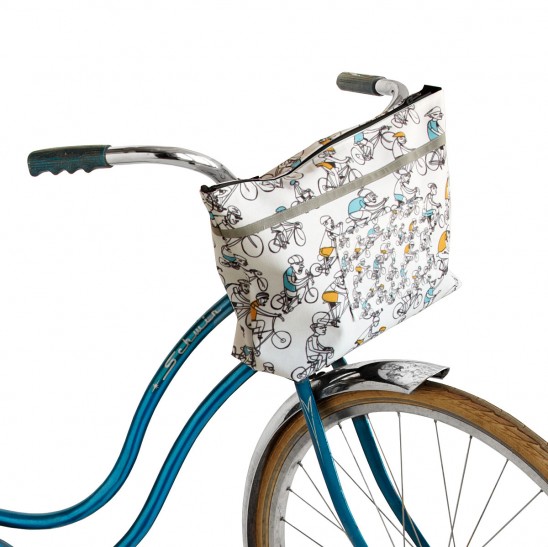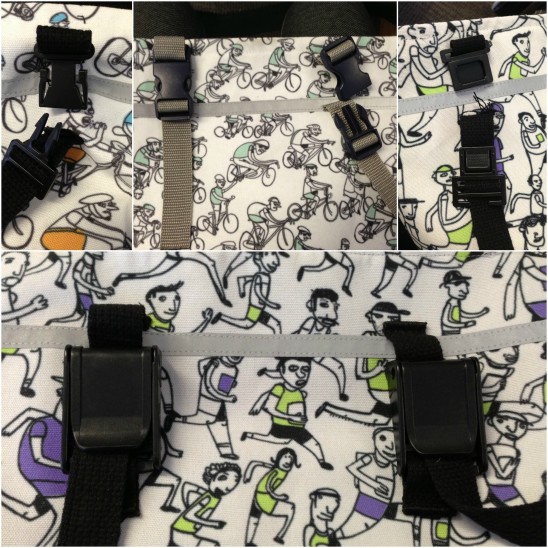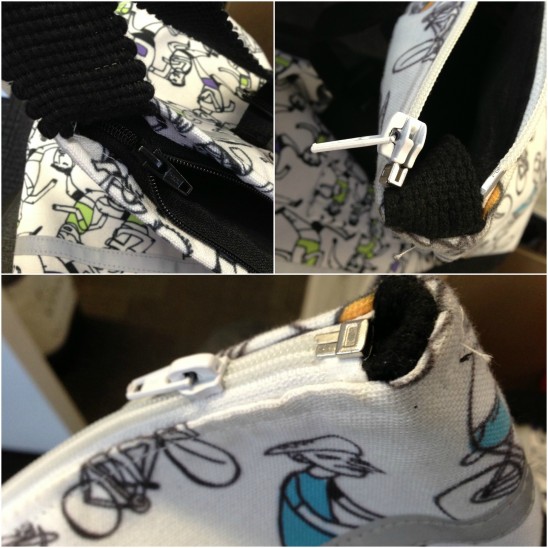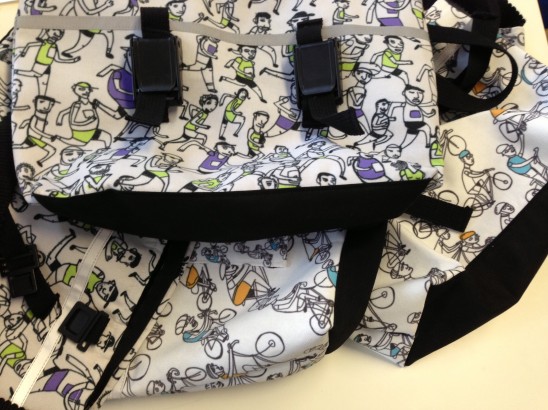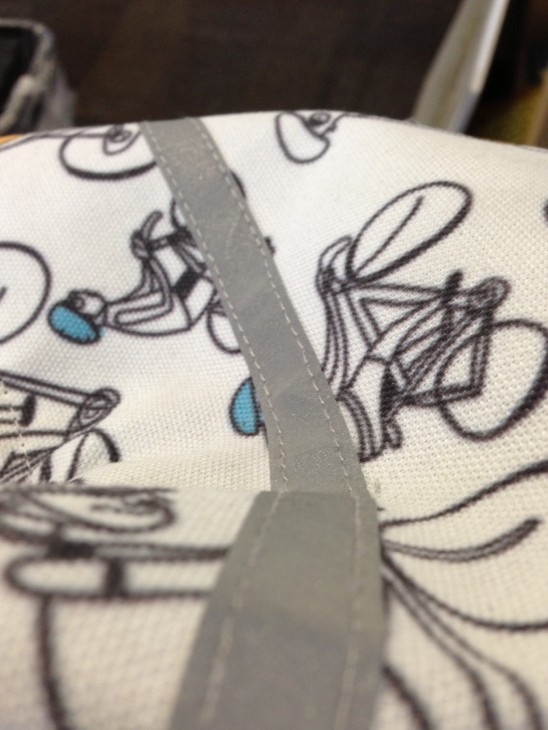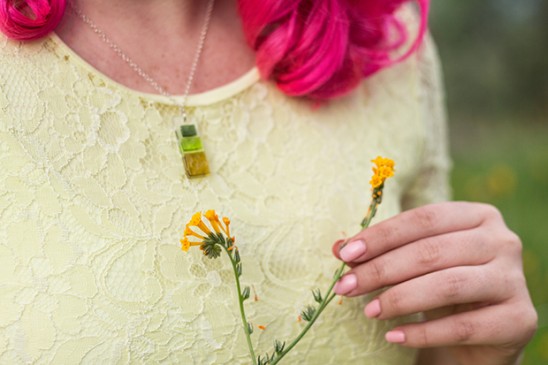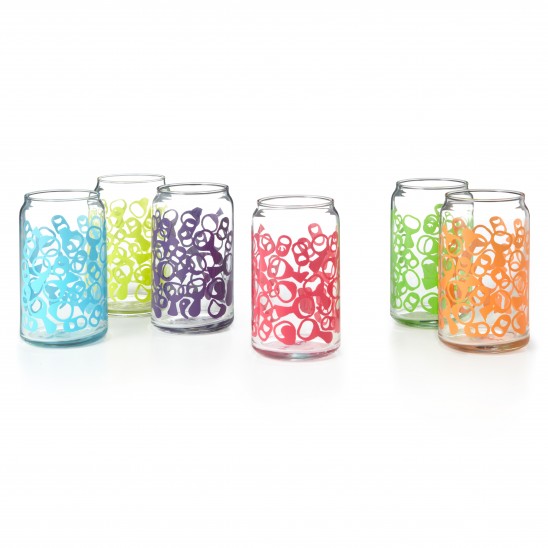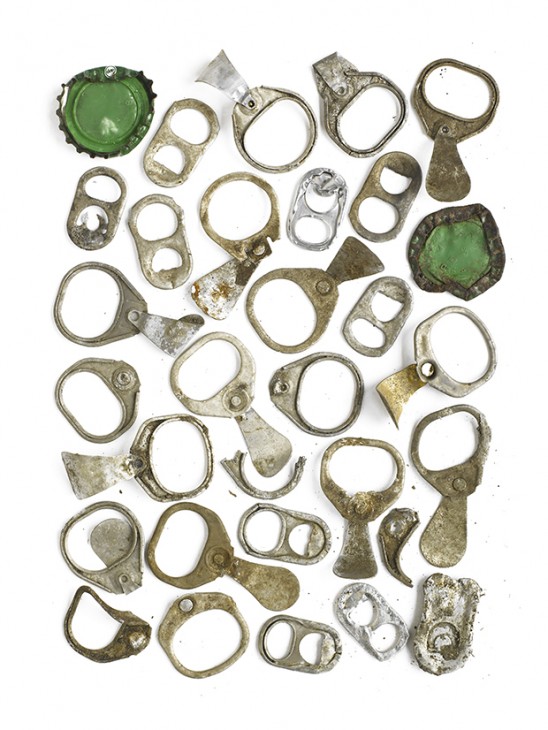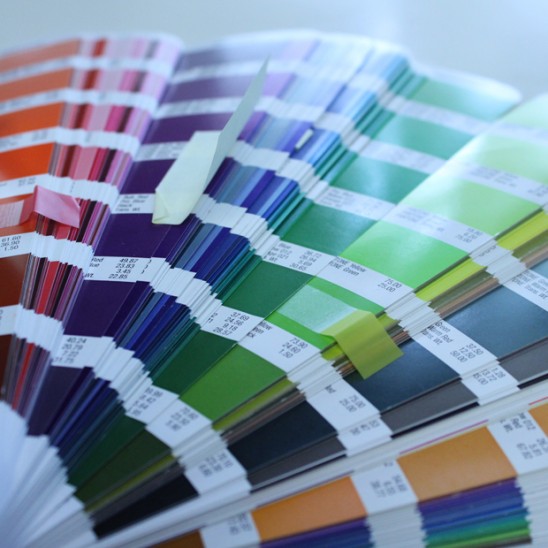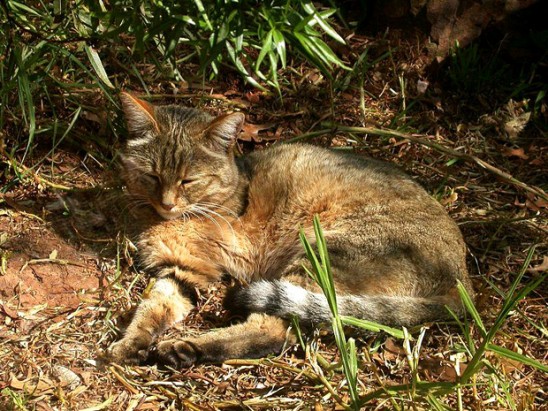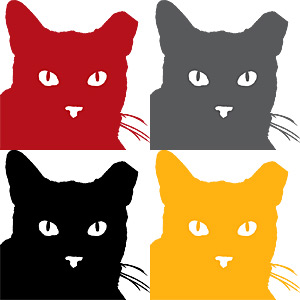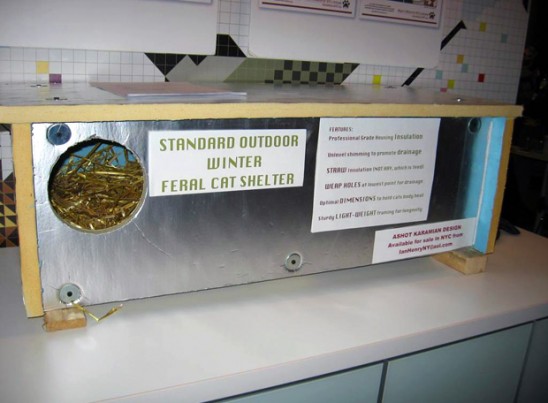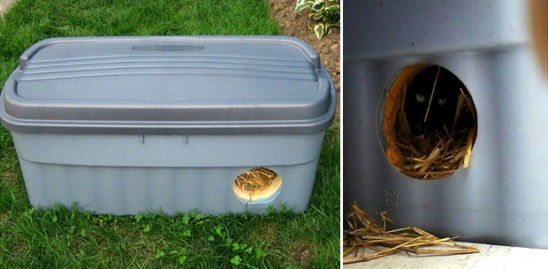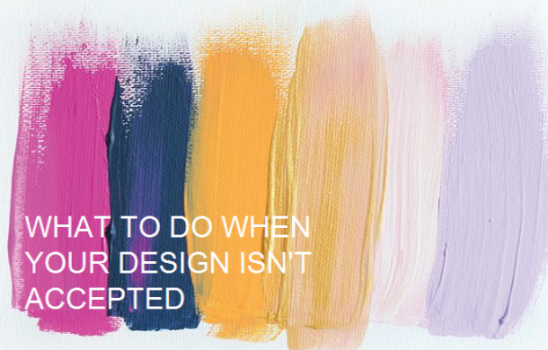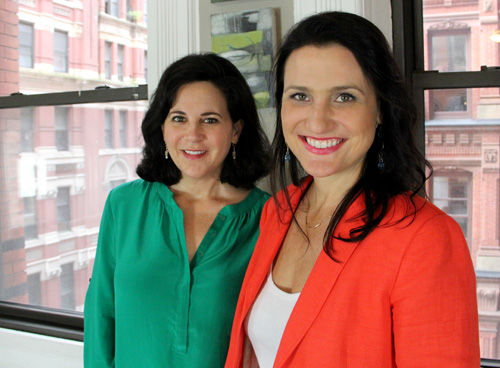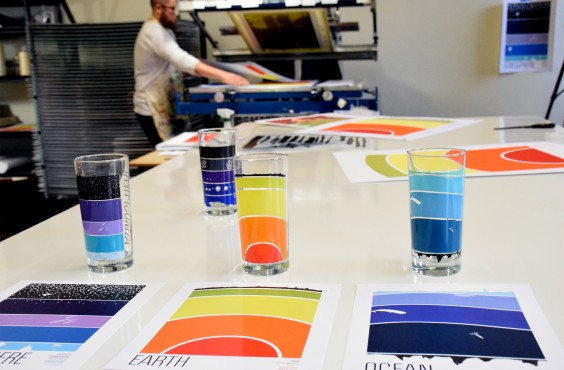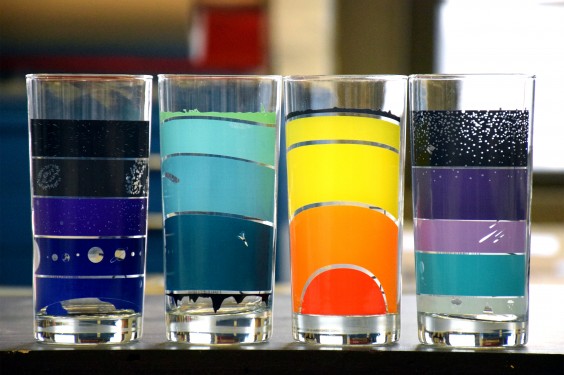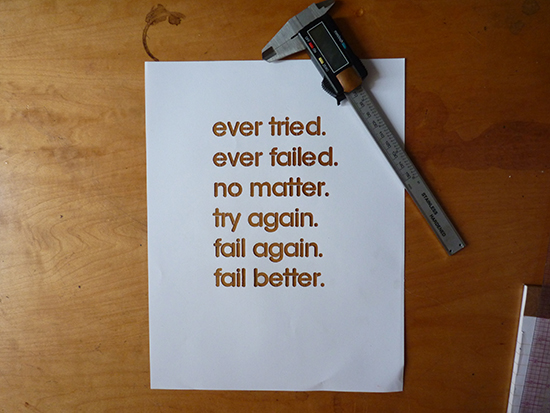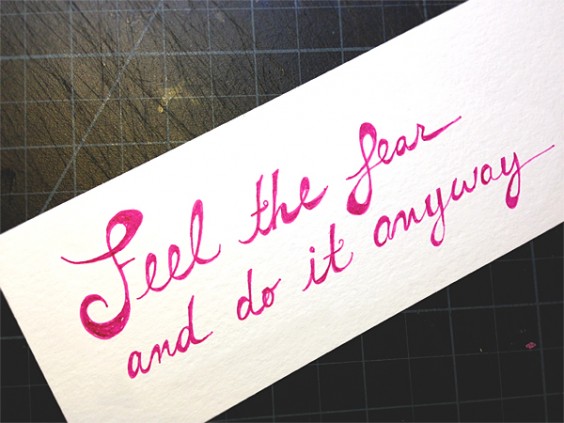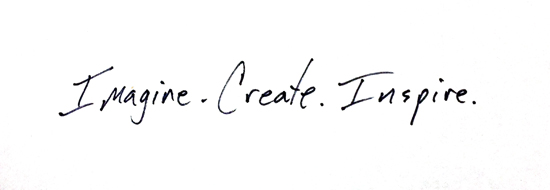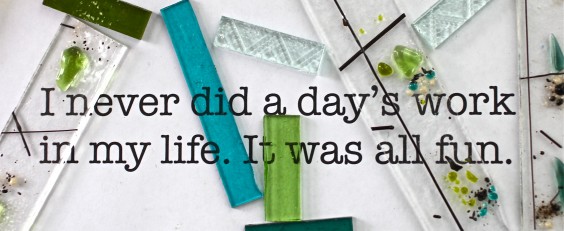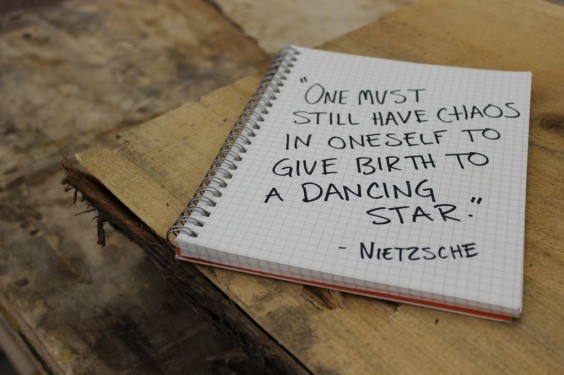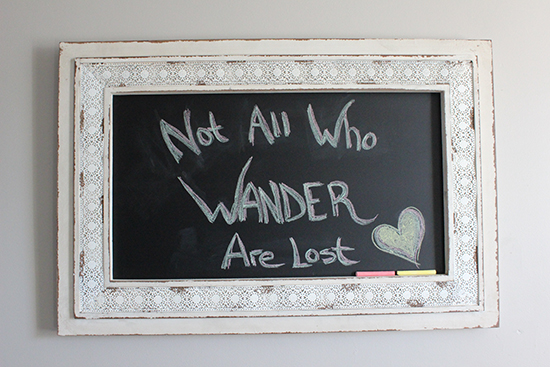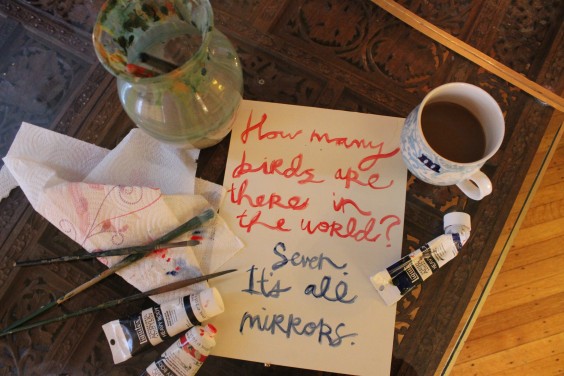No great artist ever sees things as they really are. If he did, he would cease to be an artist.
When developing a product from scratch, we need to think through all of the details. We think about functionality and ask ourselves basic questions. When we created our Bike Tote those questions were: How will the bag hold objects? How much will it hold? How will it be secured? How will it be carried? What materials do we use to make sure the job gets done?
Here’s how we answered some of those questions.
The tricky thing about this project was making sure the bag would fit the needs of a bike rider. Safety is integral. First, the bag needed to be well-secured to a bike’s handlebars without interfering with the front wheel.
How we made it happen: Sourcing the right buckles.
This was our greatest sourcing challenge. We recognize that depending on the style of the bike or gears you have, strapping the bag on or off could be a challenge, so we made sure to source components that would work for as many bike styles as possible.
The buckles needed to open up so that we could completely detach the straps and fasten to any bike. They also needed to firmly and securely support the weight of the bag, without breaking, loosening, or slipping on the bike. After evaluating several different buckle and strap options, we chose these cam buckles.
In addition to securing the bag to the bike, we had to refine the cotton shoulder strap, making sure it made sense for a bike rider. We wanted to develop a true tote bag with a longer shoulder strap, but we didn’t want the strap to fly around in the wind or interfere with the bike in any way.
How we made it happen: A floating zipper.
The zipper is isolated from the rest of the bag, which means the bag can be opened fully. It allows a bike rider to place the entire shoulder strap into the bag, with the zipper closed on top of it. The strap is securely tucked inside the bag, instead of hanging loose.
We know that when you’re on the road, dirt and gravel fly up, and things get pretty dirty pretty fast. We wanted to make sure the bike tote would stay as nice as possible, despite being an active bag.
How we made it happen: Black bottom panel.
We lined the bottom of the bag with black fabric to hide any smudges. Remember – because of the buckles, the bike tote can’t be machine washed or dried, so hand-washing and line-drying are your best bets for keeping it in top shape.
As a final design touch, we wanted to help bike riders increase their visibility both from a distance and in the dark.
How we made it happen: Reflective tape around the bag. The strip of reflective tape allows for more visibility of riders as they cruise along and show off their very cool bike tote.
Testing the Bike Tote
Once the product met all of the criteria we outlined, we we needed to make sure it was truly road ready. To test it, one of our team members gave it a try on her road bike to make sure our claims were holding up. “I’m basically going to try and break it,” she informed us.
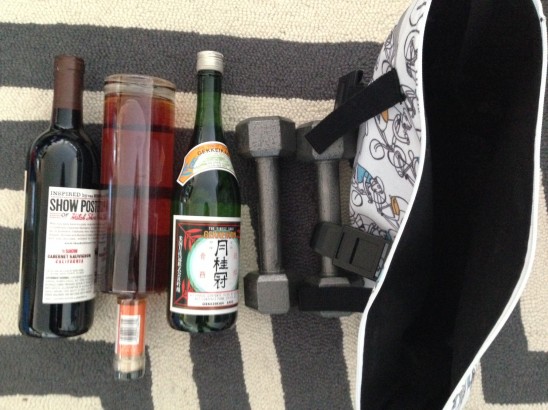
In her words:
“I filled it with as much heavy stuff as I could. I started with books and when that didn’t break the bag, I tried weights (two 5 lb. weights) and large bottles (3 wine-sized bottles). The bag was a bit too big for the bike handlebars on the bike I was testing it on, so for the actual weight test I attached it to the bike cross bar and left it hanging overnight.”
The tote successfully held the weight, and we were pleased to find out that it is capable of transporting a lot of wine. (You never know when you might need to to perform just that function!)
Overall, creating the Bike Tote was fun, we got to work with awesome artists Jason Snyder and Briana Feola (who created the art featured on the tote’s fabric), and we can be proud that we developed a product that’s stylish, high-quality, and super functional.
This spring we wanted to highlight four of our newest jewelry collections by makers inspired by nature in a digital lookbook. Instead of styling the pieces ourselves, we relied on the skills of two talented bloggers, Jessa and Holly, who brought these botanical designs to life in their own personal way.
Before you check out the lookbook, discover the inspiration behind the looks they created for us!
What makes handmade jewelry special in your opinion?
Handmade jewelry tells a story, a journey from concept to creation, you can hold in your grasp. It is intricate, intimate, and inspirational.
How do you like to spend a warm spring day?
Spring picnics are perfection! A blanket lunch amidst a faint floral breeze, paired with a sun-kissed nap, has to be one of spring’s simplest pleasures.
What inspires your spring wardrobe?
I am inspired by color; spring is the perfect palette of hues and patterns for designing and pairing your wardrobe.
What was your favorite piece to style? What do you love about it?
I am in love with the Shattered Glass Bib Necklace. It’s the perfect example of how something once broken can become something beautiful.
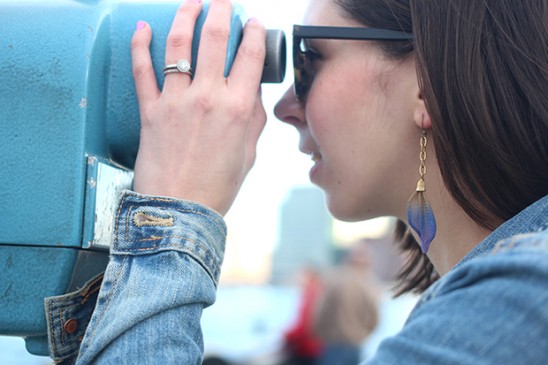
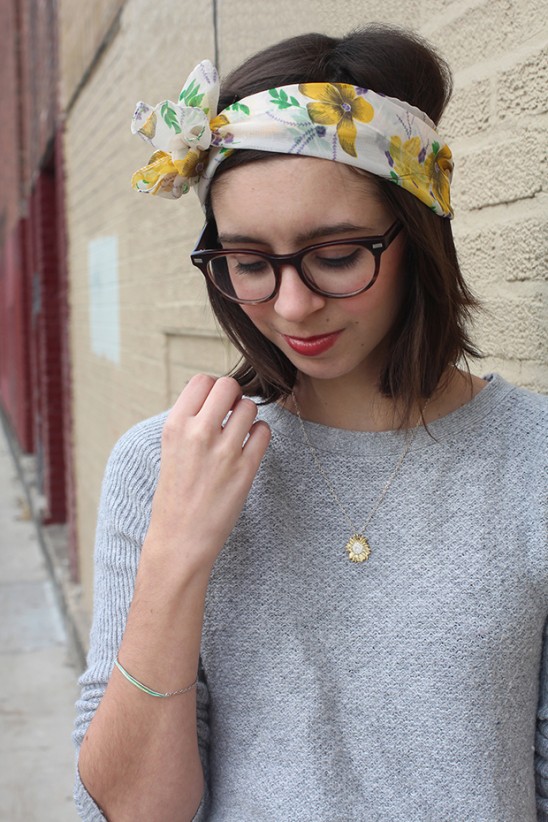
Holly of Holly Dolly
What makes handmade jewelry special in your opinion?
I know how much time and effort and love and passion goes into each and every piece. When it means that much to the designer, it means just as much to me.
How do you like to spend a warm spring day?
There is nothing better than spending a warm spring day by the water, watching the boats and snacking on a cannoli.
What inspires your spring wardrobe?
Color! I tend to hide in a neutrals and darker colors during the winter. The fresh, renewed feeling of spring makes me want to break out every single bright color in my wardrobe.
What was your favorite piece to style? What do you love about it?
The Golden Sunflower Necklace reminds me of this huge field of sunflowers that my husband I stumbled upon last summer. Just bright yellow as far as the eye could see against a bright blue sky. It was breathtaking.
A few months ago, we learned that photographer Barry Rosenthal creates his extraordinary images of everyday objects right here in the Brooklyn Army Terminal—in a studio just a short jaunt from our very own door. As fans of his work, we couldn’t wait to collaborate with him. Then we saw his thought-provoking “Found in Nature” collection, and we knew that we’d found the perfect art for our latest in-house design, the Pop Top Six Pack glasses.
“I really admire Barry’s work, so it was fun to work with his photo to translate it into a design for glassware. What I love most about this photo is the composition—the way he artfully arranged the pop tops to create a pattern.” —Sarah Stenseng, Senior Product Development Associate
We’re fascinated with Rosenthal’s photographs of found collections, because even though the objects he shoots were once discarded, he presents them as uniquely beautiful treasures. The photos tell stories through their subject matter and composition. By taking bits of the past and bringing them into the present, Rosenthal creates something timeless. Our goal was to translate this timeless quality to a product that can be used every day, but also stands out as something special.
The original photograph, Pop Tops, captures an arrangement of meticulously placed pop tabs the artist collected from the parking lot of Orchard Beach in Bronx, NY. It tells the story of the approximately 475 billion aluminum cans produced worldwide each year—cans that don’t easily break down in nature, and can take centuries to decompose.
Some of the tabs pictured date back to the ‘60s and ‘70s, so their unique shapes add unexpected variation to the composition. The tabs also show their age through weathering in Rosenthal’s unaltered piece.
With Pop Art in mind, our Product Development Team collaborated with Rosenthal to transform Pop Tops into a new design that celebrates his photography and is infused with a bit of our personality. We started by editing the original photo to remove the natural color and accentuate the silhouettes of the tabs. Next, we carefully extended the pattern to fit completely around the can-shaped glass without interfering with the layout as it was intended.
After perfecting the pattern, bright colors were added to play up the Pop Art aspect of the design. Each glass in the set of six is a Pantone color chosen to stand out and show off the pop tab print. As a finishing touch, each glass is complete with Barry Rosenthal’s signature.
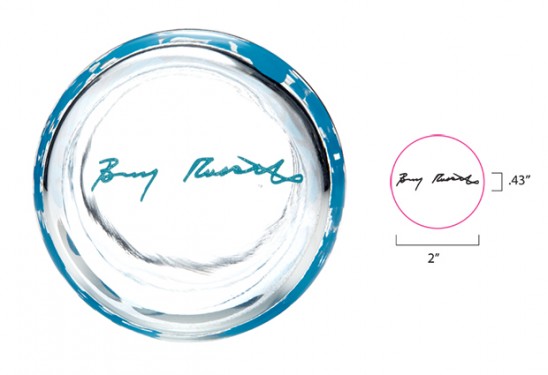
We love the way the final product turned out, and we think you’ll love it too. The Pop Art Six Pack is available now, and we’re looking forward to more exciting collaborative projects to come!
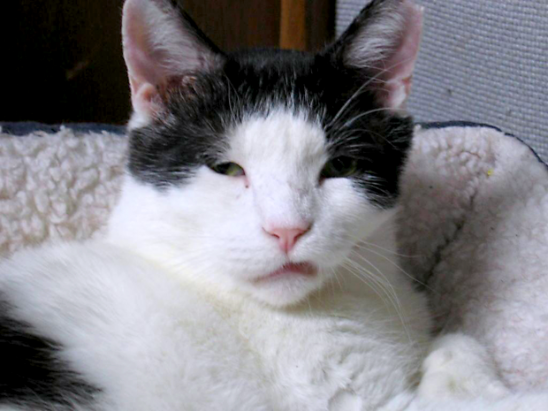
My cat Eddie thinking about cats who lack a nice warm bed like his
If you love cats–as we do–it’s painful to think of them having to brave the elements on their own during a freezing northern winter, especially this year. But here in New York City, tens if not hundreds of thousands of cats have no shelter. So, if you also love creative design, and believe in its potential as a force for good–as we do–it’s nice to learn about Architects for Animals’ “Giving Shelter,” a yearly funds-and awareness-raising initiative founded by animal lover Leslie Farrell.
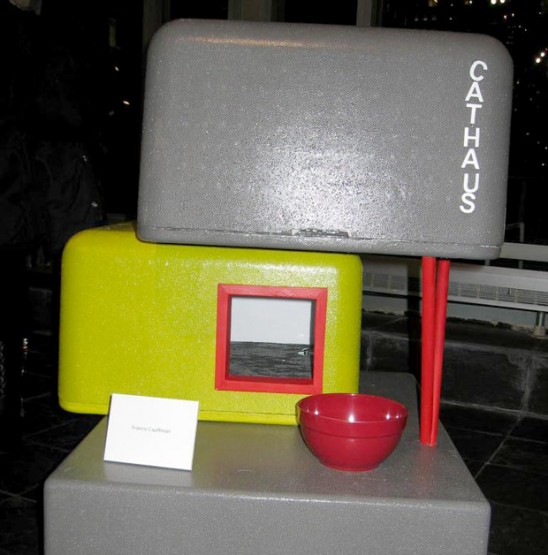
“CatHaus” by Francis Cauffman Architects was voted the favorite of the 2014 attendees
Since 2010, every year, Farrell, Director of Client Development at architecture firm Francis Cauffman, has convinced a handful of top-notch architectural design firms to design, build and donate innovative outdoor winter shelters for homeless cats. Their creations are put on public display as a one-night benefit event for the Mayor’s Alliance for NewYork City’s Animals. Attendees vote for their favorite, then all the shelters are donated to caregivers who work with needy animals.
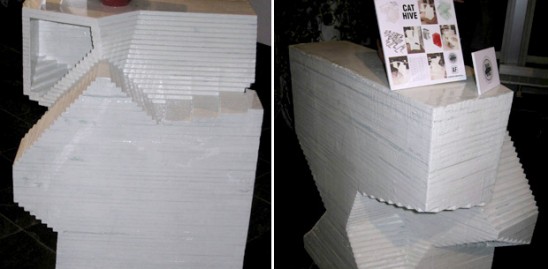
“Cat Hive” by Incorporated Architecture & Design
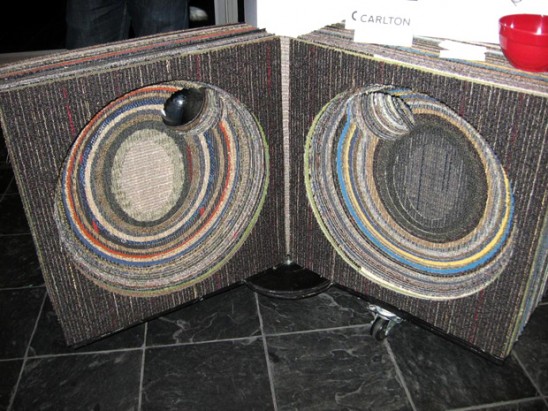
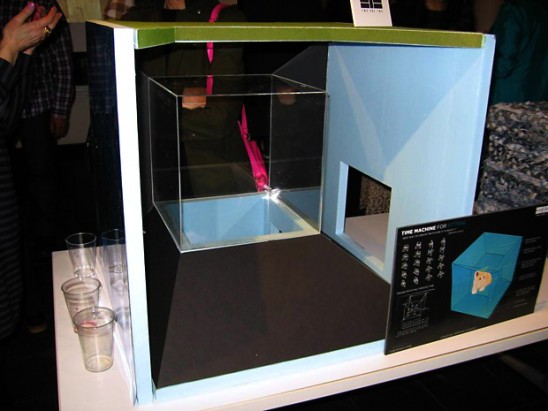
“Time Machine for Kittens,” by Two One Two Design
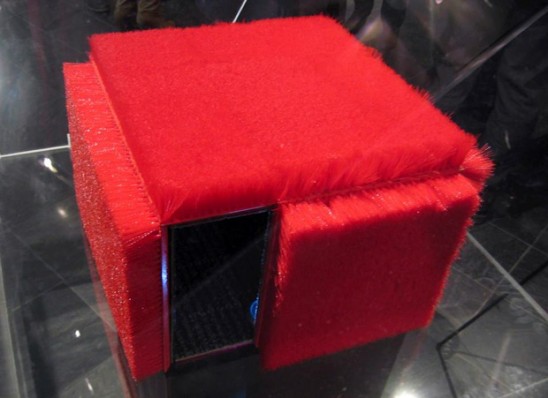
“Hairball,” by M Moser Associates
The creative designs of these shelters help the cause architecturally (they generate good ideas for future shelters) and in other ways, too, as Michael Phillips, Community Outreach Coordinator of the New York City Feral Cat Initiative, a program of the Mayor’s Alliance, points out. “The media coverage with pictures of the flashy shelters is an eye-catcher that many people examine with interest, whereas they will skip over an article about the plight of cats abandoned to the streets through no fault of their own.”
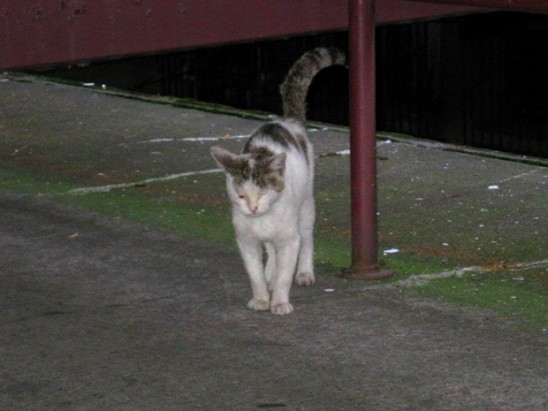
Homeless cat in Brooklyn (rescued and adopted a few days after this photo was taken)
Nobody knows how many homeless cats there are in NYC, but estimates range from tens of thousands up to a million. Most of them are scared of us, so they keep out of sight, which makes counting them difficult. While people often think of cats as natural loners, they actually tend to form colonies near food sources such as garbage bins near apartment buildings. Some feral moms could very well be teaching their kittens to scrounge your leftovers as you sleep. (I’ve witnessed this, a sight both adorable and sad.)
African Wild Cat at the Johannesburg Zoo, South Africa. Photo: Sonelle
These felines are all trying to survive in what, for them, is an unnatural habitat. It’s not just that it’s so urban and industrial, but also that they’re not native to this part of the world. All of the world’s domestic cats are descended from a type of wildcat that lives in the deserts of the Near East. These cats are not designed to live in the NYC climate; those pretty fur coats are not enough protection during the winter, no matter how thick they get.
They need our help, especially as it’s humans’ fault that they’re out there in the first place. This population is made up of of strays, who are lost or abandoned tame pet cats (some of whom have regressed to a not-so-tame state), and ferals, the essentially wild (that is, not socialized to humans) offspring and descendants of non-neutered strays and pets who were allowed to roam. They have neither a consistent and healthy food source, nor shelter from the elements, nor protection from urban dangers such as cars, rat and other poisons, and cruel humans.
New York Feral Cat Initiative logo
Fortunately, there are many (though never enough) animal-lovers all over NYC who work hard to rescue tame, adoptable cats and kittens, and feed and protect the ferals. The New York City Feral Cat Initiative is a coalition of more than 150 animal rescue groups and shelters whose joint mission is “to raise awareness about the thousands of… community cats living outdoors throughout NYC’s five boroughs, to offer solutions to prevent the number of homeless cats from increasing, and to successfully manage existing colonies.”
Standard outdoor cat winter shelter design by Ashot Karamian
Building shelters that enable these critters to avoid freezing misery or death during inclement weather is part of the last part, managing colonies. (To read about solutions to prevent increases in the number of homeless cats, start here.) Of course, it’s not really necessary to build shelters that are more than just functional. As far as we know, cats aren’t offended by a styrofoam-and-duct-tape aesthetic. Phillips described the minimal structural guidelines as follows: “No heavier than two people can lift easily. Inner space should be no higher than 16 inches to retain the body heat of the cats with room for straw bedding.Waterproof. Constructed with weatherproof construction materials.” He added, “Water is the most destructive force. Snow does not normally damage shelters or enter shelters in comparison to driving rain or flooding.”
Rubbermaid container cat shelter by by Ashot Karamian (photo by Ashot Karmanian used with permission)
“You could use a basic Rubbermaid container for a cat shelter, which is quite common and perfectly fine because it works,” says architect Sofia Zimmerman, who, along with her husband and business partner, Adam, has participated in Architects for Animals: Giving Shelter three years in a row. “But as designers,”she continues, “we love the idea of someone walking down the street and coming across something that is artful, unusual, or even beautiful. Cat shelters are often found in alleyways, parking lots, and other places where finding something delightful is rare. But here’s a chance to do something nice looking–for the cats, their caregivers, and the people that might catch a glimpse.”
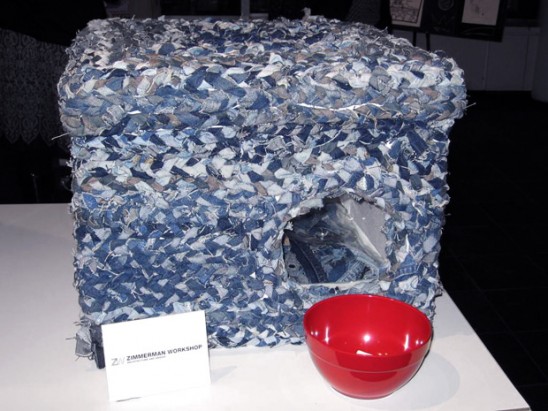
by Zimmerman Workshop Architecture + Design
“This third one, that we did this year, is perhaps the simplest, but in many ways our favorite. It was all about upcycling. We re-used a cardboard box and sealed it with duct tape. Inside, we lined it with styrofoam that came as packaging material for a lamp. And then we had to add another layer of insulation. This was the chance to do something delightful! We collected nine pairs of old jeans, cut them into long strips, and created a very very long braid. We wrapped it around and around the box, using as inspiration braided rag rugs–the ones you see in storybooks all the time with cats curled up on them!”
She adds that “During that process, we actually learned about the environmental impact associated with creating a pair of jeans….don’t get us started!”

“Fiberglass Pod,” by Elham Valipay and Haleh Atabaki, co-founders of MishMish, an example of a structure built with camouflage in mind
Different situations may call for specific architectural strategies. Phillips describes varying and “colony needs,” such as “camouflage; difficult specific dimensions to fit an exact spot; or fitting in visually with the design of a building nearby to please a particular property owner willing but not thrilled to have shelters placed on his property.”
If you want to help feral cats where you live, Phillips says, “Offering of your time to assist a local caretaker in your neighborhood is the best way to contribute to the long-term welfare of a community cat colony. The more widespread the support in a neighborhood the more likely the cats will accepted. Volunteering to feed the colony one or more days a week is a great help, when so often only one or two people shoulder the care for an entire colony.“
Or, if you’re crafty and love the idea of experimenting with small-scale architectural design that will actually be used, here’s your chance to do it, fur real! (sorry…)
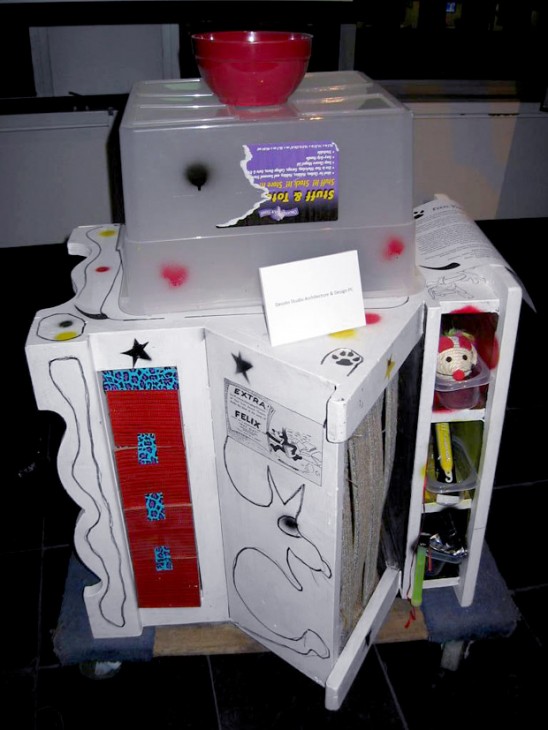
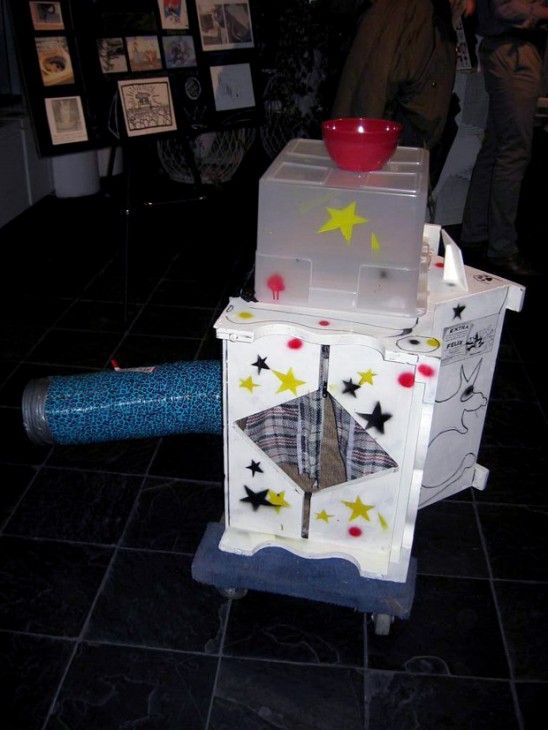
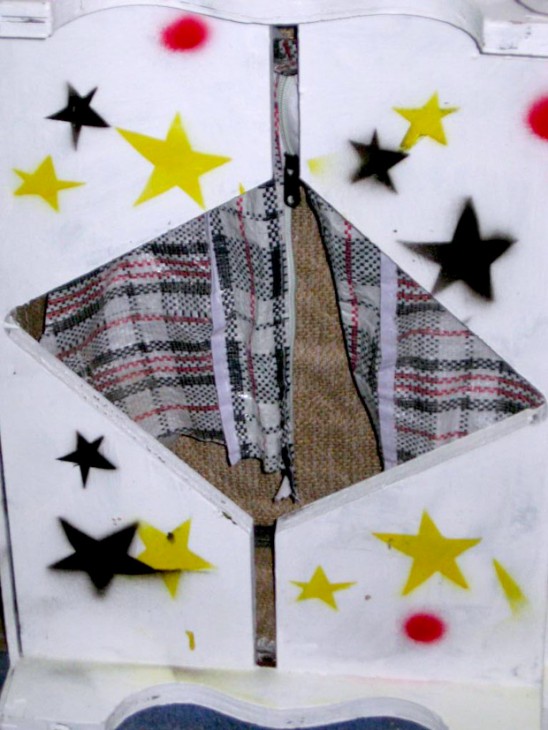
Above three photos: “Feral Vernacular” by deSoto studio architecture + design
All photos copyright Marisa Bowe, unless otherwise indicated.
Was your design not accepted by a buyer? Or were you not the winner for an UncommonGoods Design Challenge that you thought was in the bag? Yeah it sucks, but it happens to the best of us. Being rejected is part of growing as a designer. I once heard a story about a salesman who got excited every time he was rejected because he had figured out that for every 9 no’s he would get one yes. So how can you use the no’s as an opportunity to get more yes’s? And how do you know whether to move on and contact different companies rather than pushing your designs to the same seller? Here are a few tips to use post-rejection to become a better designer.
Don’t take it personally. The most important thing you can do for yourself is to not take anything personally. You really don’t know why they said no unless they tell you.It could be a variety of factors, even that it’s just not the right time, that they have strong relationships with the ties they already carry or they don’t have the budget to pick up a new line. If you lost a competition, it just may have been that there were a lot of entries or similar submissions to yours. This gives you an opportunity to become more individualized in your design and your style!
Do something nice for yourself. Post rejection, it’s really important to keep your energy level up. Go for a walk, buy yourself a treat or do something else that makes you happy and feel good.The key to keeping your energy up and staying on track is to stay positive. Treating yourself well always helps.
Ask for and listen to feedback. You may or may not get the opportunity for feedback, but it’s a great idea to ask for it. Even if it makes you feel uncomfortable, understanding why a buyer said no is a great way to improve your brand. Try to listen to the feedback from an objective manner. Think: “How can I become a better designer?” Remember a no may not be a no forever, but just a no for right now.
Send a thank you note. An unexpected touch for a buyer is to receive a thank you note when they have turned down your line. This is key to staying top of mind even if they didn’t buy. It also opens you up to referrals and creates opportunity for potential down the road.
Keep in touch. Keeping in touch is important! If your assortment changes or something changes in the store assortment, you may have a chance to work together down the road. There is a statistic that it can take up to 7 times before a buyer notices and actually purchases a line. Keep that in mind.
Consider: Am I right for this store? Buyers and curators consider many factors when looking for designers. They are looking at budgets, current product assortments, price points, and their clients as well as many other factors. If they passed on your design, take an honest look at your collection as it is now. Is it really right for this account/store/contest/person? Sometimes, your energy is freed up if you aren’t wasting time barking up the wrong tree. Invest your time on the right types of stores where your dream clients are hanging out and shopping. Rejection isn’t always a bad thing. When you can use the information you receive to improve your line and grow, you are always in the right place.
It’s your turn! We want to hear from you! In the comments below, tell us the following:
1. What have you done in the past when you have been rejected?
2. How have you overcome rejection and turned an awkward situation into an awesome situation?
This post was written by the creators of Flourish & Thrive Academy, Robin Kramer and Tracy Matthews. For specific sales & marketing advice to get your jewelry into the hands of your dream clients, head on over to Flourish & Thrive Academy.
As product developers, we get the chance to work with a number of really amazing, talented artists and designers. Since launching our first uncommon product, we’ve connected with incredibly interesting people and learned a lot about working with the design community. There’s a lot we could tell you about working with designers – but we realize that there’s something we don’t know much about at all – what it’s like for designers working with us.
We wanted to find out more about the artists’ take on collaborating with UncommonGoods, so we asked some! Recently, we had the pleasure of working with Jason Snyder and Briana Feola of Brainstorm to create our new Earth Science Glasses and Coasters featuring their vibrant and retro-feeling Earth, Atmosphere, Ocean, and Space prints. Not only was the design duo happy to answer our questions about the inspiration behind their art, but they also gave us some great insights into working with the UncommonGoods Product Development team.
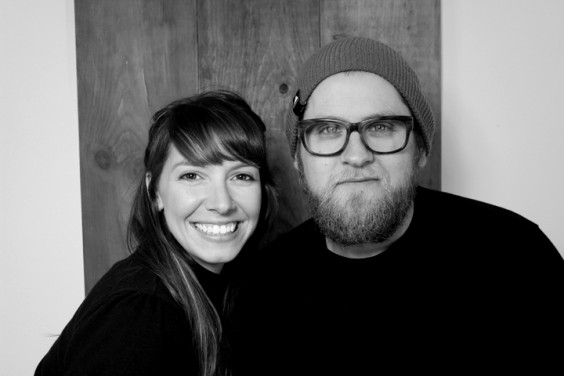
What was your original inspiration for this series?
After leafing through some vintage science books and thinking to ourselves that the information is so important but the graphics are always less than pleasing to look at, the series started with our “Atmosphere” print. It was a short run, maybe 30 prints, and they received a tremendous response online. So we re-printed that and started to expand on the layered, graphic concept to create a series and round out the concept. Over the course of a year, “Earth” was second and “Ocean” came third.
How was your love of science born?
Briana: Science was the other subject that kept my attention growing up, aside from art class. It was always the most fascinating but so complex at the same time. Coupled with some really great teachers over the years, I was completely hooked. It only makes sense that I try and merge my favorite ideas from my early school days.
Jason: I think science in general carries with it such an immense range of interesting (and complicated) topics and that really lends itself well to education if executed the right way. I have an Art Education degree, so combining these awesome sciences with education is really how a lot of my ideas come together. I don’t even know if that answers the question but that’s what I came up with.
Tell us your favorite science joke.
A photon walks in to the airport and the ticket agent asks him, “Are you checking any bags today?” and he says, “No, I’m traveling light.”
What was your initial thought when UncommonGoods’ Product Development Team contacted you?
We were super excited to get involved and we were ready immediately. We had both been following UncommonGoods for a long time and after meeting some of the awesome team members at the 2013 National Stationery Show, we had hoped there would be an opportunity to work together!
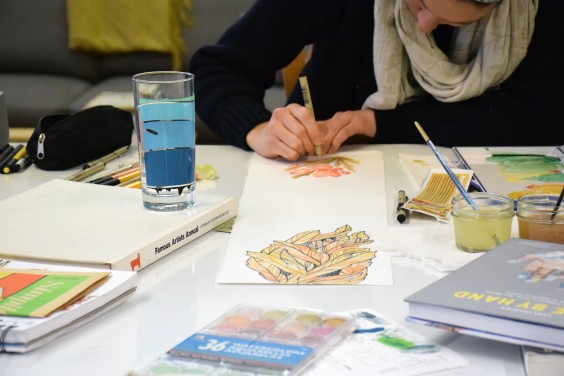
What was the most challenging thing about working with UncommonGoods? What was the most exciting?
There’s a lot of correspondence that has to happen to get a product off the ground. And the amount of time it takes to go from “let’s do this” to “the product is online” is much longer than we were used to, having the ability to produce our screenprints ourselves as soon as they’re ready. We adopted more patience. Easily the most exciting thing is the day our first product arrived in hands. Going from idea to real product is the best!
How does it feel to have your art on these products?
It feels a little bit surreal. Knowing that these glasses are in kitchen cabinets and kids (and adults!) are drinking out of them and learning a thing or two, it’s just fantastic. We can both remember sitting at the kitchen table as kids reading cereal boxes and looking at colorful, pictorial cups. And now we are a part of the culture in a way we can be proud of.
Everyone has those days when pulling the covers up a little higher and staying in bed a bit longer seems like the best possible decision. Some people are also prone to getting cozy on the couch with visions of video streaming in their heads these days. We all have moments when we lack motivation, but sometimes getting out of that lull, or avoiding it from the start, isn’t so hard. Keeping a meaningful quote in mind can bring inspiration, help you stay motivated, and make all the difference in the world when you’re feeling down.
Many of our artists and designers have sayings that hold special places in their hearts, so each time we go behind the scenes for a studio tour we ask for the featured artist to share the words that keep them primed to create. Here are a few of our favorites from 2013.
Kasia Wisniewski & Nicholas Foley have an industrial sized laser cutter in their apartment. They use it to create their beautiful art, and they used it to share their favorite Samuel Beckett quote with us. They also shared their own words of wisdom on our studio tour: “You should always be aiming to ‘fail better’ on the next go-round.”
Illustrator Adrienne Vita took her quote from the title of a self help book by Susan Jeffers, but uses it to stay motivated when it comes to trying new things.
Tattoo artist turned UncommonGoods Design Challenge winner Matthew Amey’s favorite quote is made up of three little words with big meaning. “My efforts flow through these three simple statements,” he said. “Imagine; think outside the box, allow yourself to wonder. Create; make work, be creative and productive. Inspire; make work that inspires others to think, contemplate or produce work of their own. Repeat…”
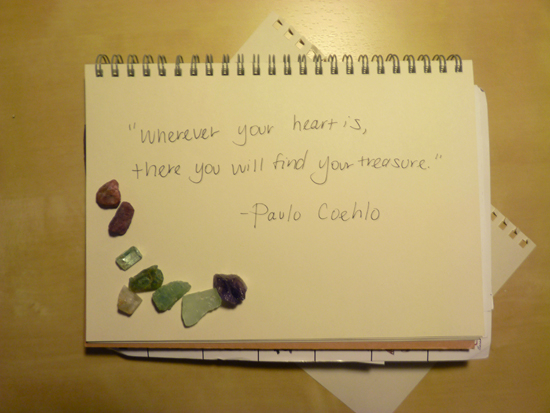
“The most amazing part about my job is creating every single day and doing what I love,” said jewelry artist Emilie Shapiro when we stopped by her studio in Queens. We’re glad she’s found her treasure!
Etta Kostick creates beautiful stained glass pieces, using a technique her father taught her, from her home studio in Chicago. She sent us this Thomas Edison quote, and told us how it helped her get her make art a career: “It was terrifying to take that initial leap and go full time with my business but this quote was a reminder of how I should approach life and work.”
Graphic designer, woodworker, and design challenge winner Jeff Knight shared this bit of inspiration from Friedrich Nietzsche among the boards and blades in his Fargo, ND wood shop.
Janelle Haskin won our Winter Accessories Design Challenge armed with yarn and crochet hooks. She also had this Tolkien quote to keep her going.
Painter Meghan Ellie Smith uses watercolor to create bold scenes. She also used those pretty pigments to write out her favorite quote. Though nontraditional, Meghan finds meaning in this message. She told us, “One time I was in the car with my mom and I asked her, ‘How many birds are there in the world?’ She responded, ‘Seven. It’s all mirrors.’ Both hilarious, and amazing. It’s way more fun to let your imagination bend reality and see the world however you want.”
What quote keeps you motivated?

